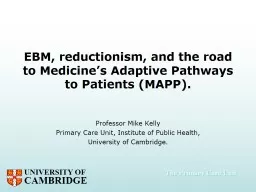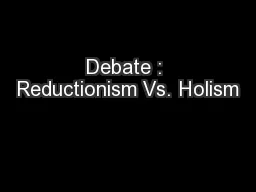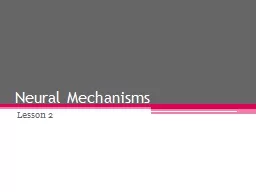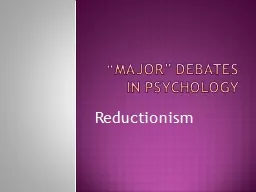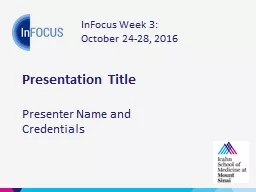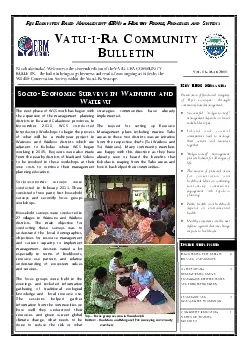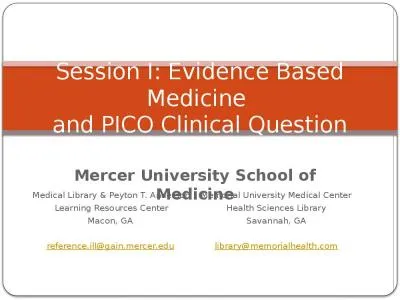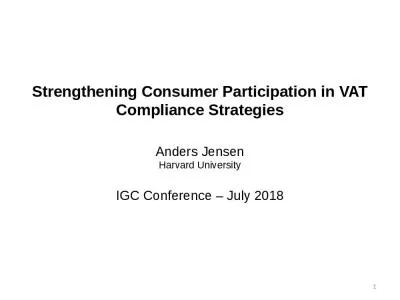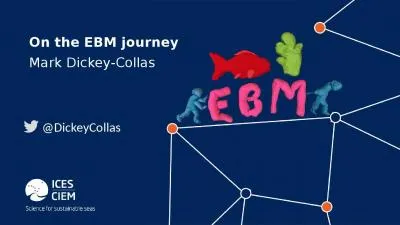PPT-EBM, reductionism , and the
Author : myesha-ticknor | Published Date : 2018-12-04
road to Medicines Adaptive Pathways to Patients MAPP Professor Mike Kelly Primary Care Unit Institute of Public Health University of Cambridge The original precepepts
Presentation Embed Code
Download Presentation
Download Presentation The PPT/PDF document "EBM, reductionism , and the" is the property of its rightful owner. Permission is granted to download and print the materials on this website for personal, non-commercial use only, and to display it on your personal computer provided you do not modify the materials and that you retain all copyright notices contained in the materials. By downloading content from our website, you accept the terms of this agreement.
EBM, reductionism , and the: Transcript
Download Rules Of Document
"EBM, reductionism , and the"The content belongs to its owner. You may download and print it for personal use, without modification, and keep all copyright notices. By downloading, you agree to these terms.
Related Documents

